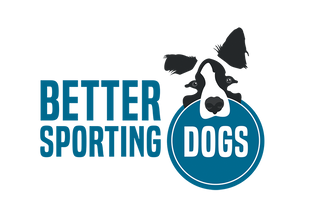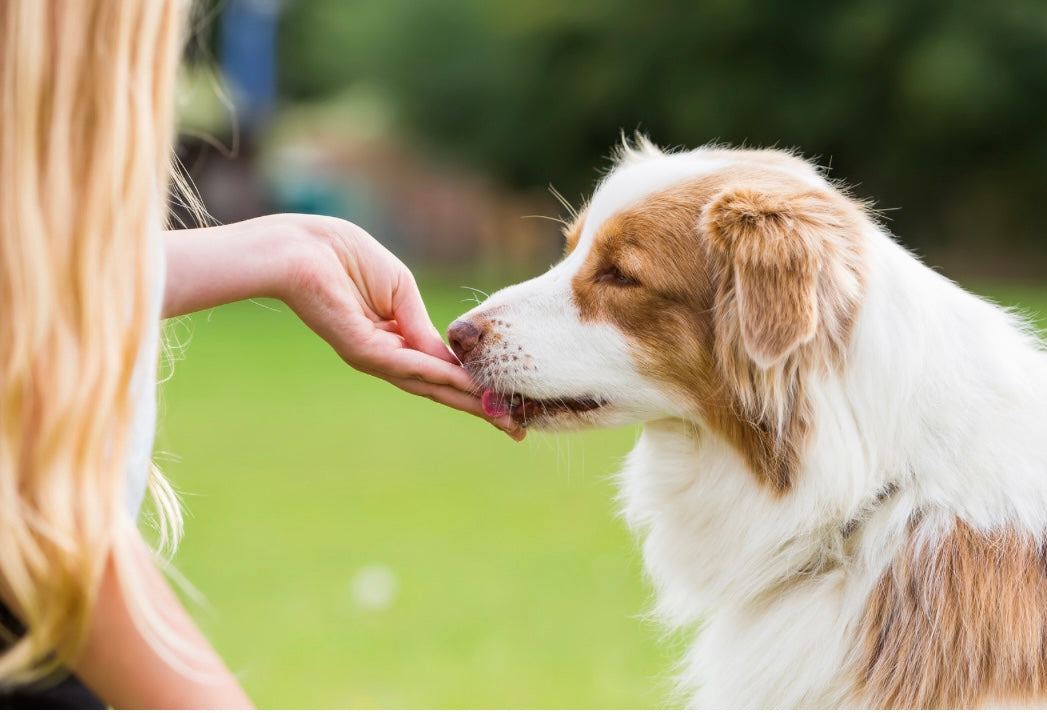Dog agility training is not only a great way to keep your furry friend physically fit but also mentally stimulated. Whether you're preparing for competitions or just looking for ways to bond and have fun with your canine companion, incorporating agility training games into your routine can make the process enjoyable for both you and your dog.

Here are some beginner-friendly agility training games to get you started:
- Tunnel Fun
- Set up a tunnel (Better Sporting Dogs has 10ft and 16ft tunnels).
- Encourage your dog to go through the tunnel by using treats or toys.
- Gradually increase the distance or add turns to make it more challenging.
- Jumping Jacks
- Use low agility jumps or remove the bar from BSD’s agility jump (our bar jumps are adjustable).
- Guide your dog to jump over each hurdle, rewarding with treats or praise.
- Increase the height or spacing as your dog becomes more comfortable.
- Weave Pole Challenge
- Place a line of weave poles on the ground.
- Guide your dog through the poles, rewarding at each successful pass.
- Start with a small number of poles and increase gradually as your dog improves.
- Balance Beam Adventure
- Create a narrow balance beam (BSD teeter lying flat or a wooden plank or sturdy beam).
- Encourage your dog to walk across the beam, rewarding for each successful attempt.
- You can make it more challenging by adding turns or obstacles around the beam or teeter.
- Hula Hoops
- Use large hula hoops or BSD’s tire hoop jump placed on the ground.
- Guide your dog to jump through the hoops, rewarding for each jump.
- Increase the distance between hoops or add more hoops for a greater challenge.
- Target Practice
- Place targets (e.g., cones or markers) around the training area.
- Train your dog to touch each target with their paw or nose, rewarding for each touch.
- You can create patterns or sequences for added complexity.
- Time for a Tug-of-War
- Use a sturdy tug toy and engage your dog in a game of tug-of-war.
- Incorporate obedience commands (e.g., "sit," "stay," "come") during the game.
- This game helps build strength, focus, and bond with your dog.

Tips for Success:
Start Slow: Introduce one game at a time and allow your dog to get comfortable before adding more challenges.
Stay Positive: Use plenty of praise and rewards to keep your dog motivated and engaged.
Be Patient: Every dog learns at their own pace, so be patient and celebrate small victories along the way.
Safety First: Ensure the agility equipment is safe and appropriate for your dog's size and skill level. Always supervise your dog during training.
Agility training games are not only beneficial for your dog's physical and mental well-being but also a fantastic way to strengthen your bond and have a great time together. So, grab your agility equipment (or order from bettersportingdogs.com) and get ready to have a blast with your furry friend!
SAFETY:
As always, you should make sure your dog is in good physical health before beginning any agility training. Young puppies should not be jumping over bar heights to protect their joint health. If you're waiting for a puppy to grow up, now is a great time to work on foundation training. When the jumps are set up, you want to make sure they are on a soft surface. You do not want to have a dog jump repetitively on a concrete, or asphalt-type surface. Grass, dirt, and indoors work well.



